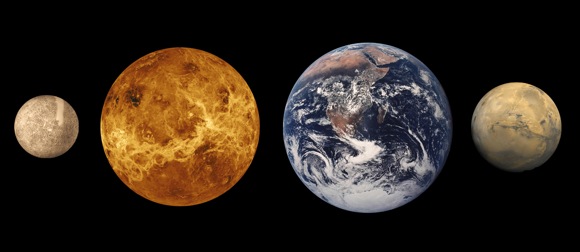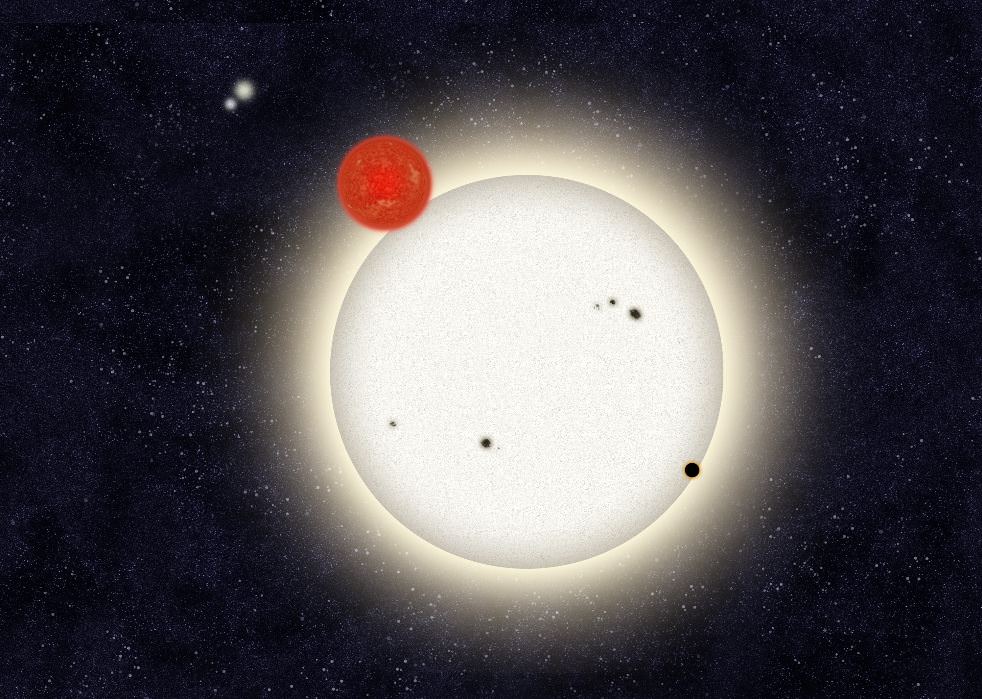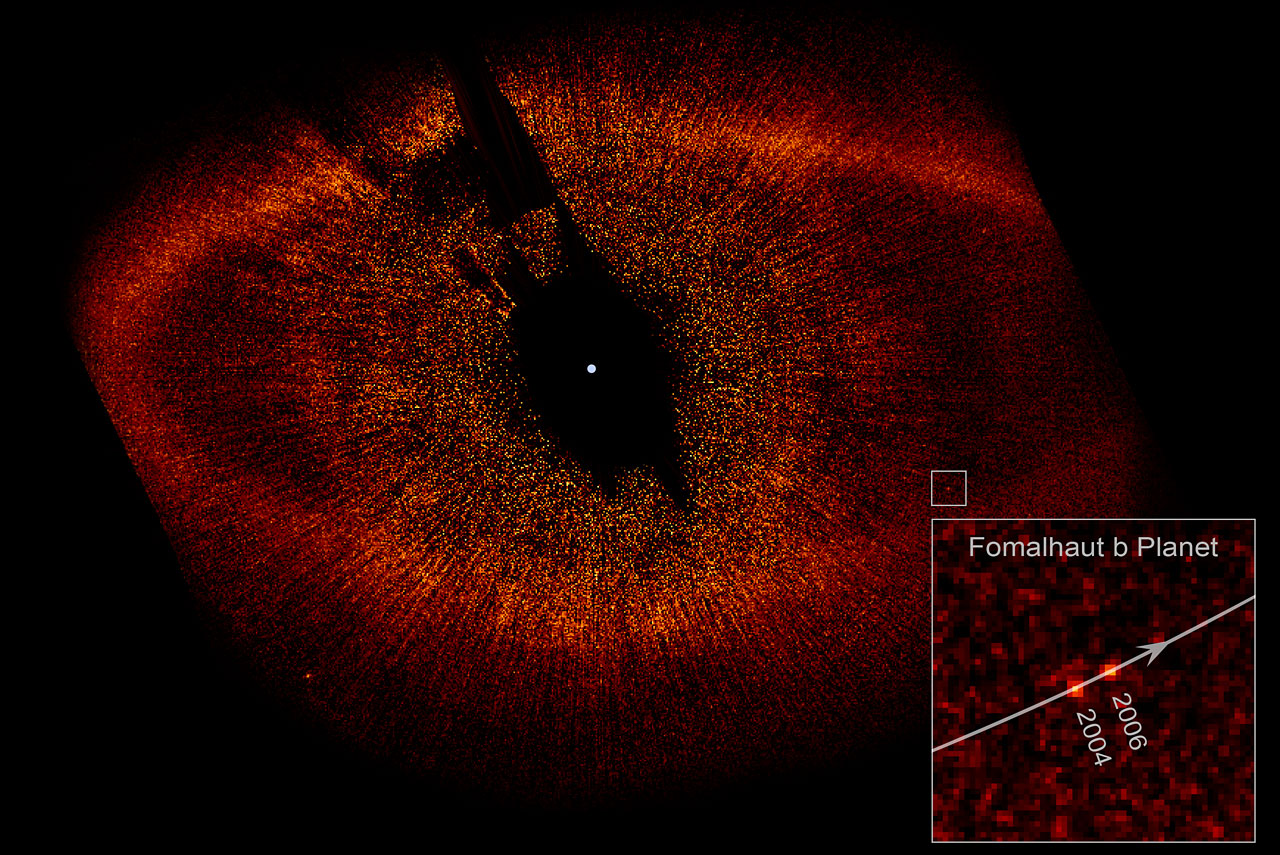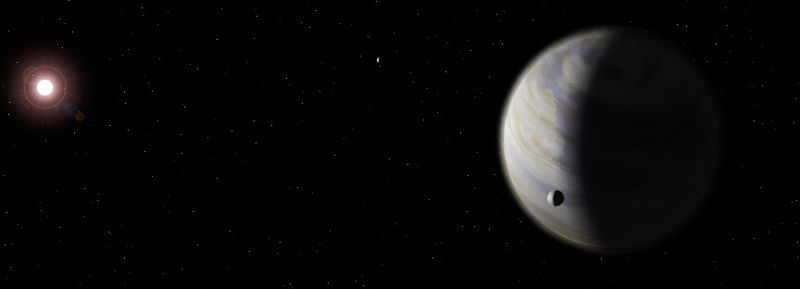In studying our Solar System over the course of many centuries, astronomers learned a great deal about the types of planets that exist in our universe. This knowledge has since expanded thanks to the discovery of extrasolar planets, many of which are similar to what we have observed here at home.
For example, while hundreds of gas giants of varying size have been detected (which are easier to detect because of their size), numerous planets have also been spotted that are similar to Earth – aka. “Earth-like”. These are what is known as terrestrial planets, a designation which says a lot about a planet how it came to be.
Definition:
Also known as a telluric or rocky planet, a terrestrial planet is a celestial body that is composed primarily of silicate rocks or metals and has a solid surface. This distinguishes them from gas giants, which are primarily composed of gases like hydrogen and helium, water, and some heavier elements in various states.
The term terrestrial planet is derived from the Latin “Terra” (i.e. Earth). Terrestrial planets are therefore those that are “Earth-like”, meaning they are similar in structure and composition to planet Earth.

Composition and Characteristics:
All terrestrial planets have approximately the same type of structure: a central metallic core composed of mostly iron, with a surrounding silicate mantle. Such planets have common surface features, which include canyons, craters, mountains, volcanoes, and other similar structures, depending on the presence of water and tectonic activity.
Terrestrial planets also have secondary atmospheres, which are generated through volcanism or comet impacts. This also differentiates them from gas giants, where the planetary atmospheres are primary and were captured directly from the original solar nebula.
Terrestrial planets are also known for having few or no moons. Venus and Mercury have no moons, while Earth has only the one (the Moon). Mars has two satellites, Phobos and Deimos, but these are more akin to large asteroids than actual moons. Unlike the gas giants, terrestrial planets also have no planetary ring systems.

Solar Terrestrial Planets:
All those planets found within the Inner Solar System – Mercury, Venus, Earth and Mars – are examples of terrestrial planets. Each are composed primarily of silicate rock and metal, which is differentiated between a dense, metallic core and a silicate mantle. The Moon is similar, but has a much smaller iron core.
Io and Europa are also satellites that have internal structures similar to that of terrestrial planets. In the case of the former, models of the moon’s composition suggest that the mantle is composed primarily of silicate rock and iron, which surrounds a core of iron and iron sulphide. Europa, on the other hand, is believed to have an iron core that is surrounded by an outer layer of water.
Dwarf planets, like Ceres and Pluto, and other large asteroids are similar to terrestrial planets in the fact that they do have a solid surface. However, they differ in that they are, on average, composed of more icy materials than rock.
Extrasolar Terrestrial Planets:
Most of the planets detected outside of the Solar System have been gas giants, owing to the fact that they are easier to spot. However, since 2005, hundreds of potentially terrestrial extrasolar planets have been found – mainly by the Kepler space mission. Most of these have been what is known as “super-Earths” (i.e. planets with masses between Earth’s and Neptune’s).
Examples of extrasolar terrestrial planets include Gliese 876 d, a planet that has a mass 7 to 9 times that of Earth. This planet orbits the red dwarf Gliese 876, which is located approximately 15 light years from Earth. The existence of three (or possibly four) terrestrial exoplanets was also confirmed between 2007 and 2010 in the Gliese 581 system, another red dwarf roughly 20 light years from Earth.
The smallest of these, Gliese 581 e, is only about 1.9 Earth masses, but orbits very close to the star. Two others, Gliese 581 c and Gliese 581 d, as well as a proposed fourth planet (Gliese 581 g) are more-massive super-Earths orbiting in or close to the habitable zone of the star. If true, this could mean that these worlds are potentially habitable Earth-like planets.
The first confirmed terrestrial exoplanet, Kepler-10b – a planet with between 3 and 4 Earth masses and located some 460 light years from Earth – was found in 2011 by the Kepler space mission. In that same year, the Kepler Space Observatory team released a list of 1235 extrasolar planet candidates, including six that were “Earth-size” or “super-Earth-size” (i.e. less than 2 Earth radii) and which were located within their stars’ habitable zones.
Since then, Kepler has discovered hundreds of planets ranging from Moon-sized to super-Earths, with many more candidates in this size range. As of January, 2013, 2740 planet candidates have been discovered.
Categories:
Scientists have proposed several categories for classifying terrestrial planets. Silicate planets are the standard type of terrestrial planet seen in the Solar System, which are composed primarily of a silicon-based rocky mantle and a metallic (iron) core.
Iron planets are a theoretical type of terrestrial planet that consists almost entirely of iron and therefore has a greater density and a smaller radius than other terrestrial planets of comparable mass. Planets of this type are believed to form in the high-temperature regions close to a star, and where the protoplanetary disk is rich in iron. Mercury is possible example, which formed close to our Sun and has a metallic core equal to 60–70% of its planetary mass.
Coreless planets are another theoretical type of terrestrial planet, one that consists of silicate rock but has no metallic core. In other words, coreless planets are the opposite of an iron planet. Coreless planets are believed to form farther from the star where volatile oxidizing material is more common. Though the Solar System has no coreless planets, chondrite asteroids and meteorites are common.
And then there are Carbon planets (aka. “diamond planets”), a theoretical class of planets that are composed of a metal core surrounded by primarily carbon-based minerals. Again, the Solar System has no planets that fit this description, but has an abundance of carbonaceous asteroids.
Until recently, everything scientists knew about planets – which included how they form and the different types that exist – came from studying our own Solar System. But with the explosion that has taken place in exoplanet discovery in the past decade, what we know about planets has grown significantly.
For one, we have come to understand that the size and scale of planets is greater than previously thought. What’s more, we’ve seen for the first time that many planets similar to Earth (which could also include being habitable) do in fact exist in other Solar Systems.
Who knows what we will find once we have the option of sending probes and manned missions to other terrestrial planets?
Universe Today has articles on smallest terrestrial exoplanet and gas planets. For the latest information on confirmed extrasolar planets, be sure to check out the Kepler’s Planet Candidates.
For a full list of all confirmed and potential planets, consult the Extrasolar Planet Encyclopaedia.
Astronomy Cast has episodes on the terrestrial planets including Mars, and an interview with Darin Ragozzine, one of the Kepler Space Mission scientists.




